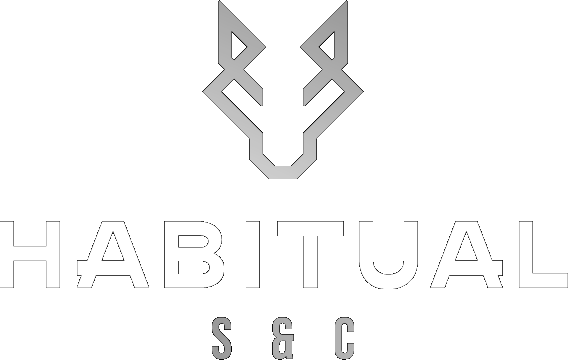Introduction:
Cardiovascular exercise, a cornerstone of any fitness regimen, is often discussed in terms of different ‘zones.’ These zones, determined by your heart rate, are crucial for tailoring your workouts to meet specific fitness goals, from burning fat to enhancing athletic performance. But what do these zones really mean, and how can you use them to your advantage? Let’s dive into the world of cardio zones to unlock their potential for your fitness journey.
The Basics of Heart Rate Zones:
Understanding the Spectrum: Cardio zones range from low intensity, ideal for fat burning, to high intensity, which increases cardiovascular and muscular endurance. Your optimal zone depends on your fitness objectives, age, and current fitness level.
Calculating Your Max Heart Rate: A common method is subtracting your age from 220. This number serves as a baseline to determine your target zones for different training intensities.
Zone 1: The Recovery Zone (50-60% of Max HR):
Purpose and Benefits: This zone promotes recovery and is gentle enough for beginners or for warming up and cooling down. It helps in muscle recovery and prepares the body for more intense workouts.
Zone 2: The Fat-Burning Zone (60-70% of Max HR):
Efficient Fat Utilisation: This moderate intensity zone is where your body utilises fat as the primary energy source, this does not however mean that you will “lose more fat” by training in this zone. It does however mean you can sustain training in this zone for longer durations.
Zone 3: The Aerobic Zone (70-80% of Max HR):
Cardiovascular Benefits: Training in this zone improves cardiovascular health, respiratory efficiency, and aerobic capacity. It’s perfect for increasing stamina and workout duration.
Zone 4: The Anaerobic Threshold (80-90% of Max HR):
Pushing Limits: This high-intensity zone challenges your body to work without sufficient oxygen, improving muscular endurance, speed, and power. It’s where you push past comfort to enhance performance.
Zone 5: The Redline Zone (90-100% of Max HR):
Maximum Effort: Reserved for short bursts of peak performance training, this zone tests your limits and is used sparingly in interval training to boost athletic capabilities.
Conclusion:
Understanding and utilising heart rate zones can transform your approach to cardio, allowing you to tailor your workouts for specific goals, whether that’s fat loss, endurance, or peak performance. By listening to your body and monitoring your heart rate, you can optimise each workout, making your fitness journey more effective and personalised. Remember, it’s essential to consult with a healthcare or fitness professional before making significant changes to your exercise regimen, especially if you have underlying health conditions.



